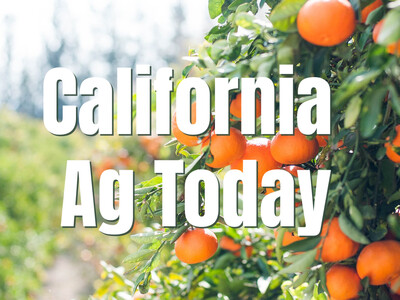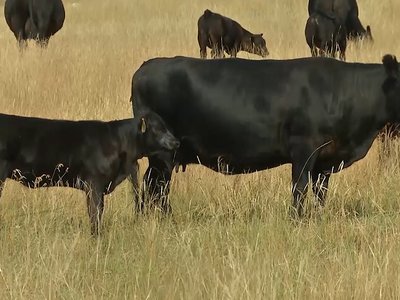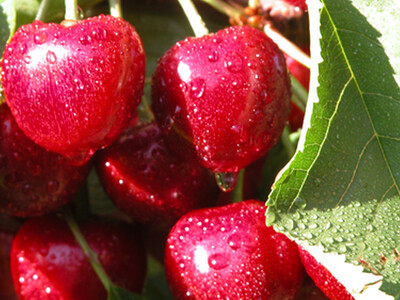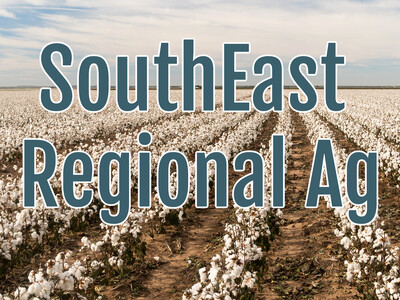NW Wildfires & Wolf Attack Reaction
NW Wildfires & Wolf Attack Reaction plus Food Forethought. I’m Greg Martin with today’s Northwest Report.
Northwest firefighters have had their hands full with numerous wildfires in all three states. Most of the fires have been started by lightening which has been a mixed blessing. While the heavy rains that weekend storms brought assisted in efforts to control fires it also caused several mudslides making it difficult to maneuver. Residents have been evacuated in a number of areas where fire threatens and more hot dry weather is forecast for the rest of the week.
An unconfirmed wolf attack near Weston in northeast Oregon has farmers and ranchers on edge. An 800 pound cow was killed and dragged off making the confirmation impossible. Rancher Tommy Allen says that Oregon Fish and Wildlife rules make it almost impossible to protect his herd.
ALLEN: That’s the sad thing about it. Legally you can’t do a thing. You don’t really have any other options. You just have to maybe chase them off with your horse or chase them off if you can or call fish and game to chase them off and you really can’t take measures until they’ve attacked or harassed your livestock 4 different times before you can really start looking into other options that the government will help you out with. So your hands are tied. You have to sit there on your hands and hope that you don’t get hit.
Because wolves are protected by state law and/or federal law, there are restrictions on what livestock producers can do.
Now with today’s Food Forethought, here’s Lacy Gray.
As more and more areas around the globe suffer from severe water shortages scientists and engineers have been working together to develop more efficient ways in which farmers can water their crops. From 2006 to 2009 scientists worked on a European research project known as FLOW-AID, a water management project focused on developing new systems and technologies for irrigation and drainage that would help farmers increase their water use efficiency by as much as 60%, and in turn reduce their crops fertilizer demands by as much as 30%. The FLOW-AID system consists of solar powered wireless sensors placed in the ground that provide important soil information to growers regarding when watering is necessary. Farmers using the FLOW-AID system can actually check the humidity of the soil using their cell phones, and can even start their watering systems remotely using their cell phone. This way farmers would be able to use less water and still maintain their crop yields. The system has been tested and evaluated at several European sites and shown to do well. Hopefully it will soon be made available to growers world wide to advance sustainable water use.
Thanks Lacy. That’s today’s Northwest Report. I’m Greg Martin on the Ag Information Network.














